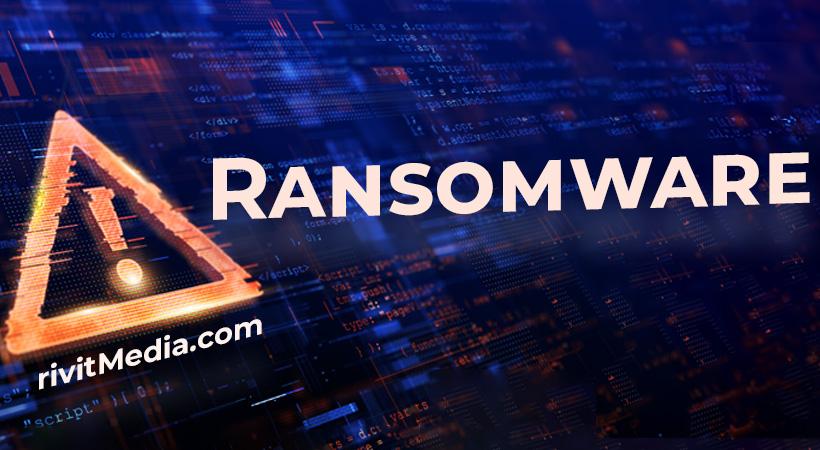In the ever-evolving landscape of cyber threats, ransomware stands out as a particularly insidious form of malware. Among the latest additions to this sinister family is SchrodingerCat ransomware, a variant belonging to the GlobeImposter ransomware family. This malicious software encrypts files on infected systems, rendering them inaccessible to users and demanding a ransom for their decryption.
Introduction to SchrodingerCat Ransomware
SchrodingerCat ransomware takes its name from the infamous thought experiment in quantum mechanics, reflecting the uncertainty and unpredictability it brings to victims’ digital lives. Once it infiltrates a system, it swiftly encrypts files, appending them with a “.schrodingercat” extension. For instance, a file originally named “1.jpg” would appear as “1.jpg.schrodingercat” after encryption. Alongside this encryption, it leaves behind a ransom note titled “how_to_back_files.html,” outlining the terms of decryption.
The consequences of a SchrodingerCat infection are dire. Victims find themselves unable to access vital files, with cybercriminals demanding a ransom, typically payable in Bitcoin, for the release of decryption keys. What’s more troubling is the threat of data leakage or auctioning if the ransom is not paid, which could have severe repercussions for affected entities, especially large corporations. Despite the promises made in the ransom note, there’s no guarantee that paying the ransom will result in file recovery, as is often the case with ransomware attacks.
Detection and Similar Threats
Detection of SchrodingerCat ransomware is imperative for mitigating its impact. Commonly used antivirus programs may identify it under various names, such as:
- Avast: Win32:RansomX-gen [Ransom]
- ESET-NOD32: A Variant Of Win32/Filecoder.FV
- Kaspersky: Trojan-Ransom.Win32.Purgen.ahp
- Microsoft: Ransom:Win32/Necne
Similar threats within the ransomware landscape include HUNTER, REDCryptoApp, Dzen, and SatanCD, each with its own modus operandi and ransom demands.
Removal Guide
Removing SchrodingerCat ransomware from an infected system requires a careful and systematic approach. Follow these steps diligently:
- Isolate Infected Systems: Disconnect the infected computer from any network to prevent further spread.
- Identify Malicious Processes: Use Task Manager (Ctrl+Shift+Esc) to identify and terminate any suspicious processes associated with SchrodingerCat ransomware.
- Boot into Safe Mode: Restart the computer and enter Safe Mode to prevent any malicious processes from running on startup.
- Delete Temporary Files: Use the Disk Cleanup utility (accessible via the Start menu) to remove temporary files and other unnecessary data.
- Scan and Remove Malware: Utilize reputable antivirus software to perform a thorough scan of the system and remove any detected instances of SchrodingerCat ransomware.
- Restore from Backup: If available, restore encrypted files from a clean backup source. Ensure the backup is not connected to the infected system during this process to prevent reinfection.
Preventative Measures
Prevention is the best defense against ransomware attacks. Implement the following best practices to safeguard your systems:
- User Education: Educate users about the risks of clicking on suspicious links or downloading attachments from unknown sources.
- Patch Management: Keep software and operating systems up to date with the latest security patches to address known vulnerabilities.
- Backup Regularly: Maintain regular backups of critical data and store them securely offline to ensure rapid recovery in the event of a ransomware attack.
- Use Security Software: Install reputable antivirus and antimalware software and keep it updated to detect and prevent ransomware infections.
- Network Segmentation: Segment networks to contain potential infections and prevent lateral movement by cybercriminals within the network.
By staying vigilant and implementing robust security measures, organizations can significantly reduce the risk of falling victim to ransomware attacks like SchrodingerCat.





